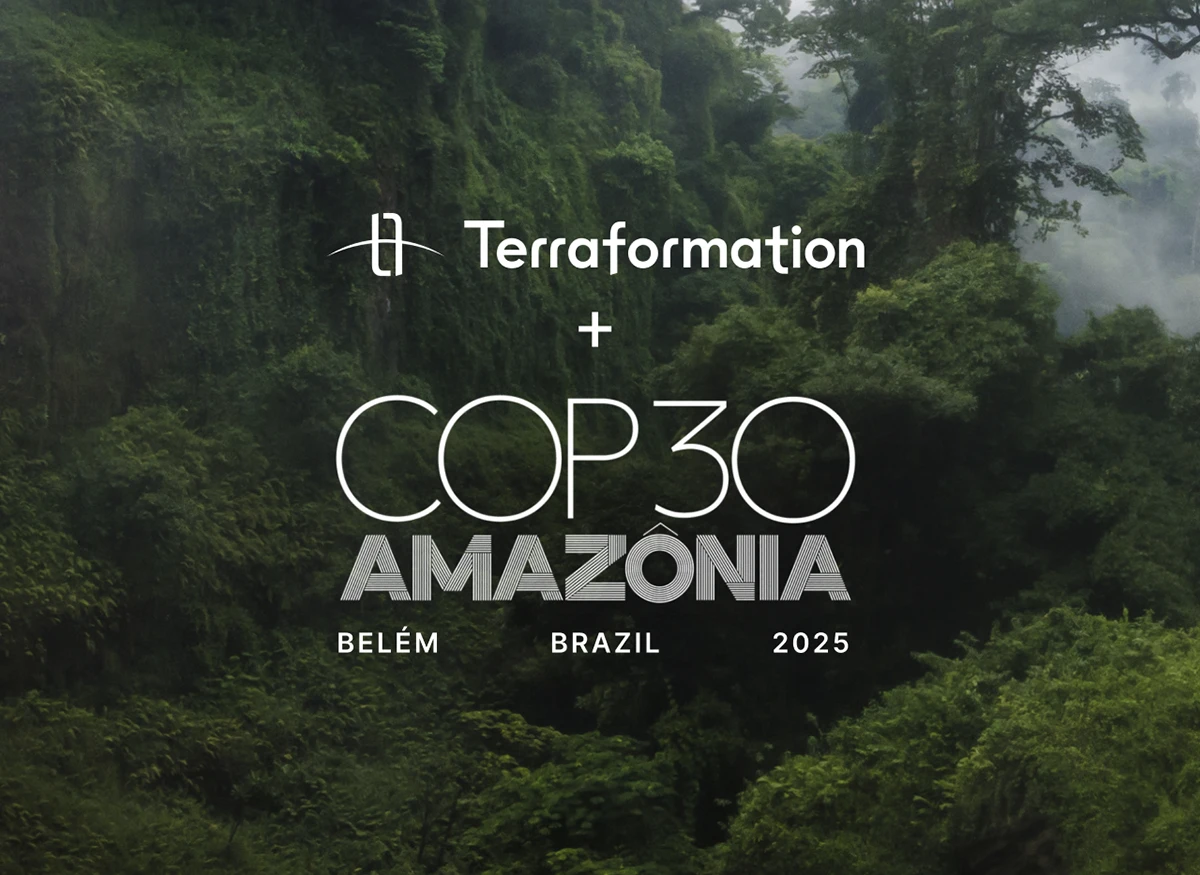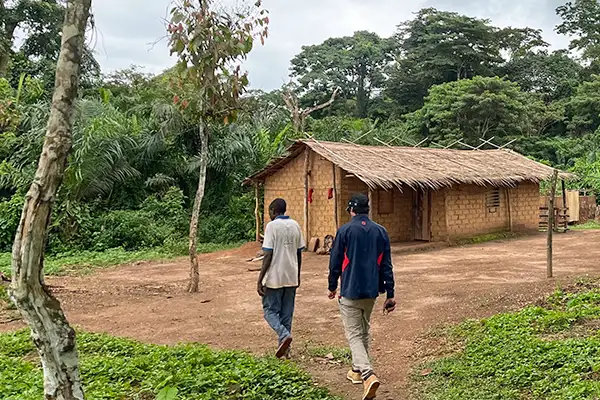Turning Dollars into Trees to Solve Climate Change

There are billions of dollars committed to forestry bonds and green bonds, yet not enough new forestry projects launching each year to satisfy the world’s needs for carbon sequestration and carbon credits. One of the biggest barriers to pulling off massive reforestation this decade is a structural issue: the largest financial investors are unable to deploy capital into brand new forestry projects at scale.
In part, the difficulty in deploying capital into new forestry projects results from a core mismatch between the capital needs of early stage forestry projects versus currently available forestry capital. The largest forestry funds today tend to require immediate and continuous returns, whereas new forests can take years to begin producing revenue.
We partnered with the financial research team at UK nonprofit Bankers without Boundaries to identify the best financial tools for early stage forest financing to kick off a new wave of forest projects.
Starting millions of forestry projects by decade’s end
The report we’re publishing with Bankers without Boundaries today estimates global reforestation will cost US$2.6 trillion. That’s based on the IPCC estimate of 2.3 billion acres available for reforestation. [Terraformation aims to restore even more land than this, but we’ll use the IPCC estimate as a starting point.]
Assuming an average project size of 1,000 acres, the world will need to start over two million new forestry projects before the end of the decade to meet the IPCC goal.
For perspective: the entire tech VC industry funded around 17,000 seed stage companies in 2021. The world needs an early stage forestry capital industry that funds at least 100x more new forestry teams in the next eight years.
A core barrier to new forestry project startup is that few forestry capital sources help early stage projects get off the ground. Reforestation projects can be relatively risky investments, especially in early stages, when returns are many years out. Most capital available for forestry projects today is late-stage, loss-averse capital, creating a mismatch with the type of capital needed now to meet climate goals.
The report presents a range of financial vehicles that could unlock the flows of capital needed to mobilize rapid, large-scale restoration.
Forestry project startup capital needs to be patient and take a large portfolio approach, with tolerance for some project failures. Forests can take years to generate revenue from carbon credits and other land-use business models, and not all reforestation projects will be able to scale up to reach profitability. Financial structures that pool projects together to reduce overall investment risk, and tap into multiple, blended sources of capital, can overcome startup risks and produce meaningful returns for investors.
Governments and legislators can also help reduce the uncertainty of forestry investments by defining carbon taxes and price floors that enable regional reforestation project proponents to estimate their future revenue with more confidence.
Launching a forest fund
Following this report, Terraformation and Bankers without Boundaries are launching a sustainable forestry fund to raise capital for regenerative and biodiverse forestry projects. This $100 million fund will target both debt and equity investors as well as philanthropic capital.
If we’re going to solve climate change, we need to think beyond the current systems, and create new ones. The tools, the capital, and the interest needed to reforest the Earth are there. It’s just a matter of how we use them.







.webp)
.webp)







